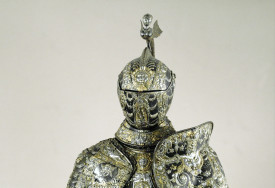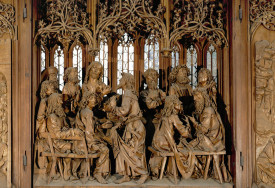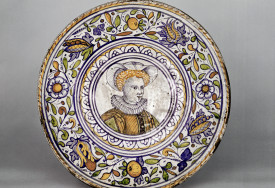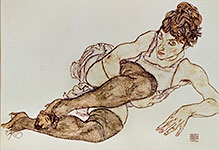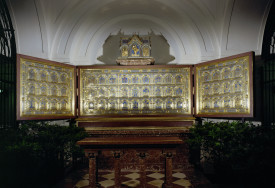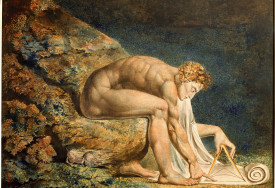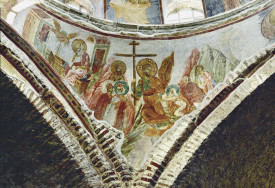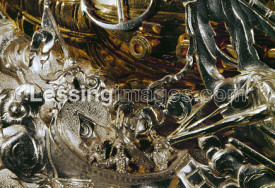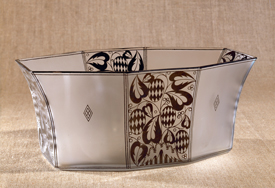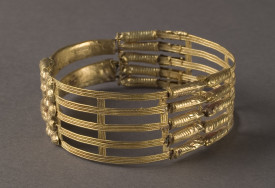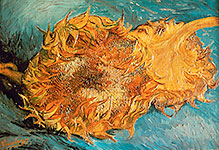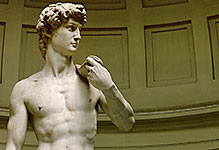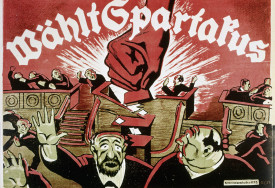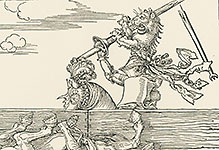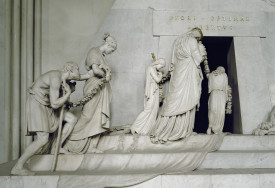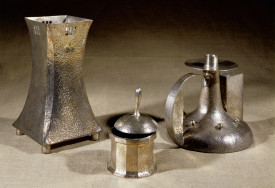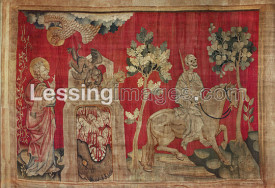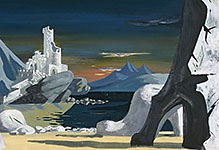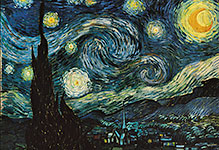
Fine Arts
Painting, Watercolour, Plastic Arts, Woodcuts, Etching, Drawing.

#03030228
Stèle funéraire peinte de Sidon (painted funerary stele). 2nd-1st century BCE;...

#03030231
Clay model of a sheep's liver (used by experts in divination). Old Babylonian,...

#03030235
Statue of Nofret wearing a wig and bead necklace (detail). Painted limestone st...

#03030236
Satue of Pharaoh Mycerinos (2485-2457 BCE, aka Mykerinus, Menkaura). Alabaster s...

#03030238
The Doctor. Wodden statue from Saqqara, Egypt. Old Kingdom (5th dynasty).

#03030239
The Royal Scribe. Painted limestone sculpture; Saqqara, Egypt. Old Kingdom , 5...

#03030240
Bust of a Scribe. Painted limestone sculpture; Saqqara, Egypt. Old Kingdom (5t...

#03030241
Bust of a male statue. Wooden Sculpture; 2475 BCE, Old Kingdom (5th dynasty)....

#03030242
Bust of Pharaoh Mentuhotep II. Painted sandstone sculpture from Deir el-Bahari....

#03030243
Head of Pharaoh Kamose from his sarcophagus. Deir el-Bahari, Egypt; end of the...

#03030244
Bust of Amenhotep (1440-1360 BCE), Son of Hapu, scribe and sage of the time of A...

#03030245
Wooden sculpture of Queen Ahmose Merit-Amon, wife of Amenophis I. From Deir el-B...

